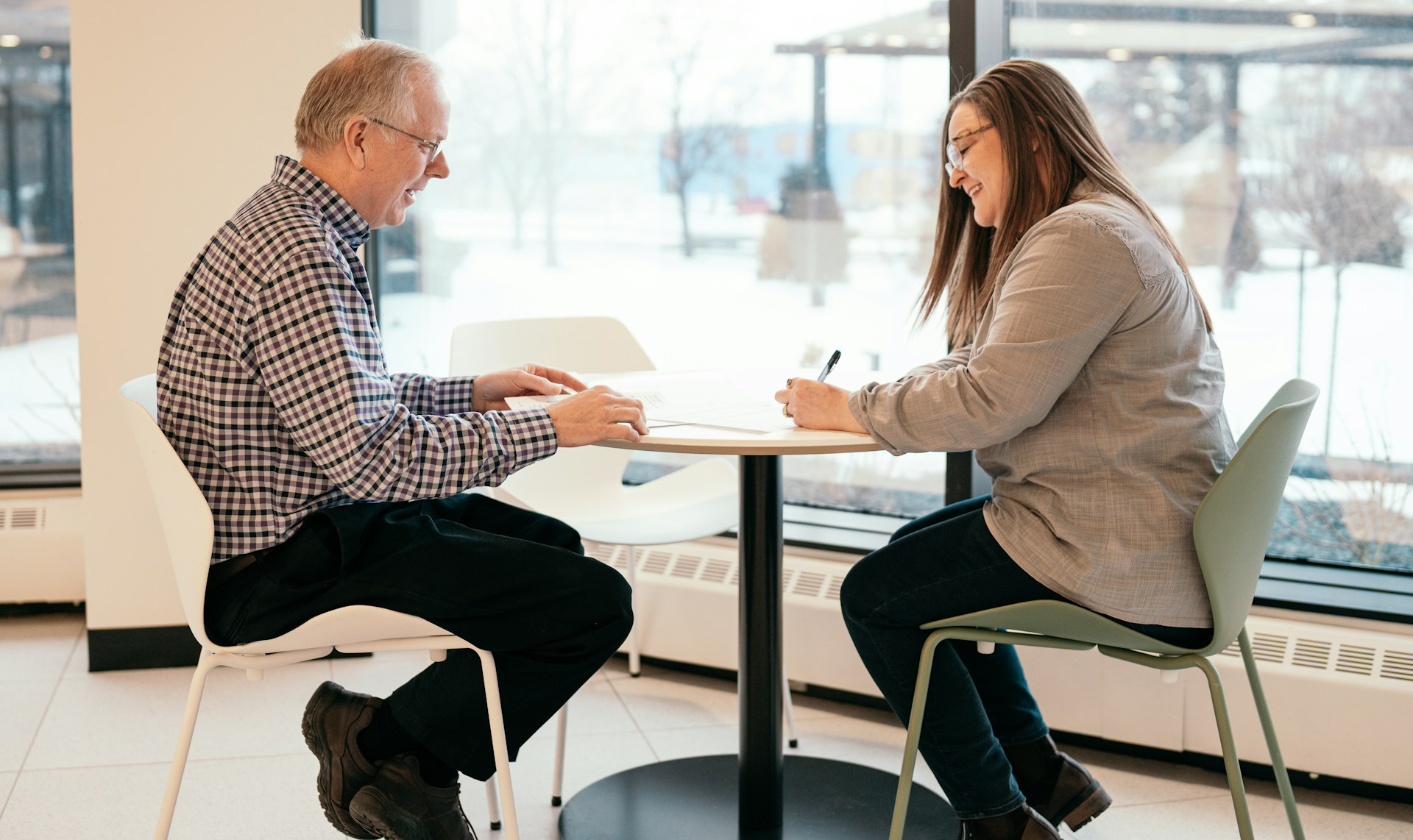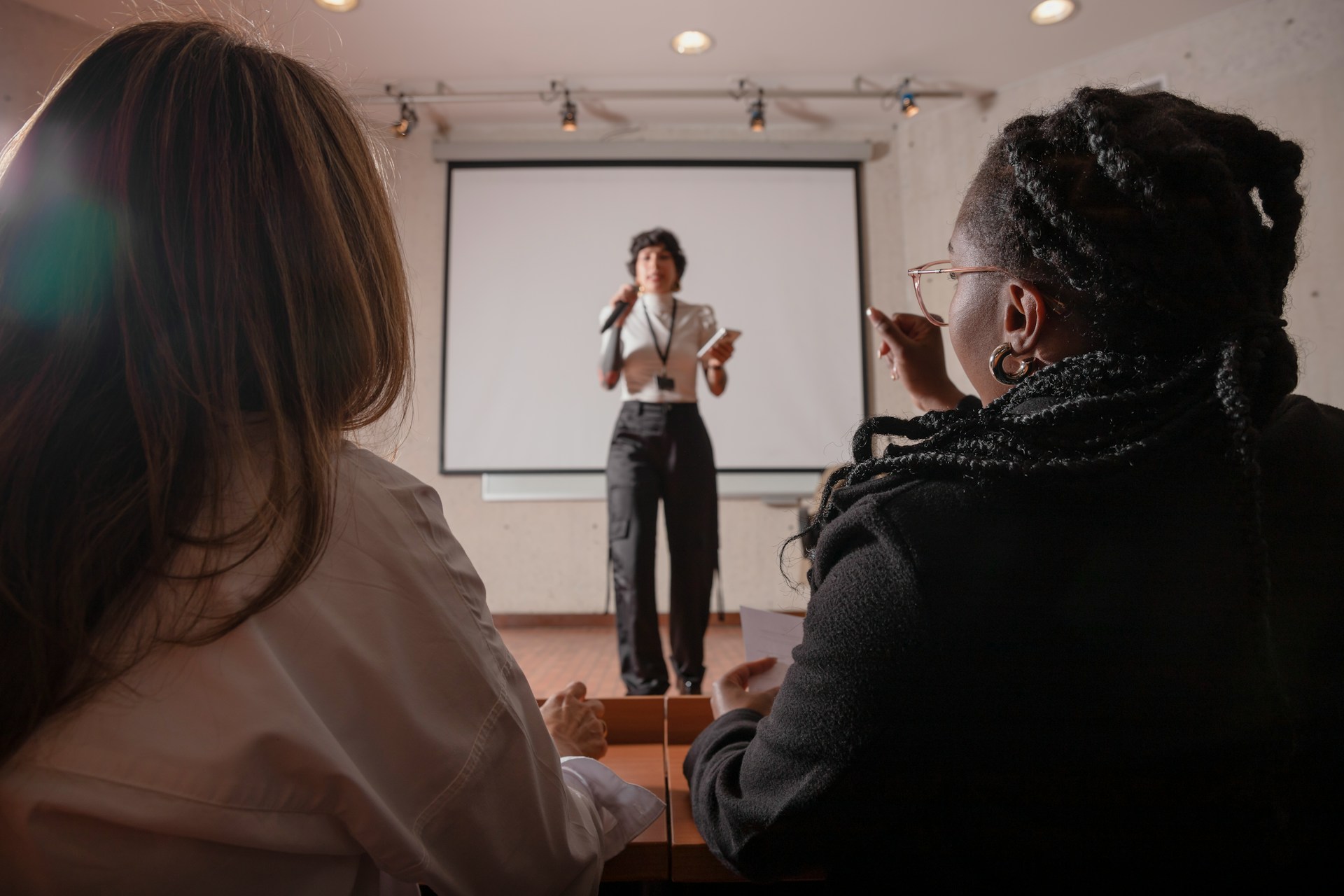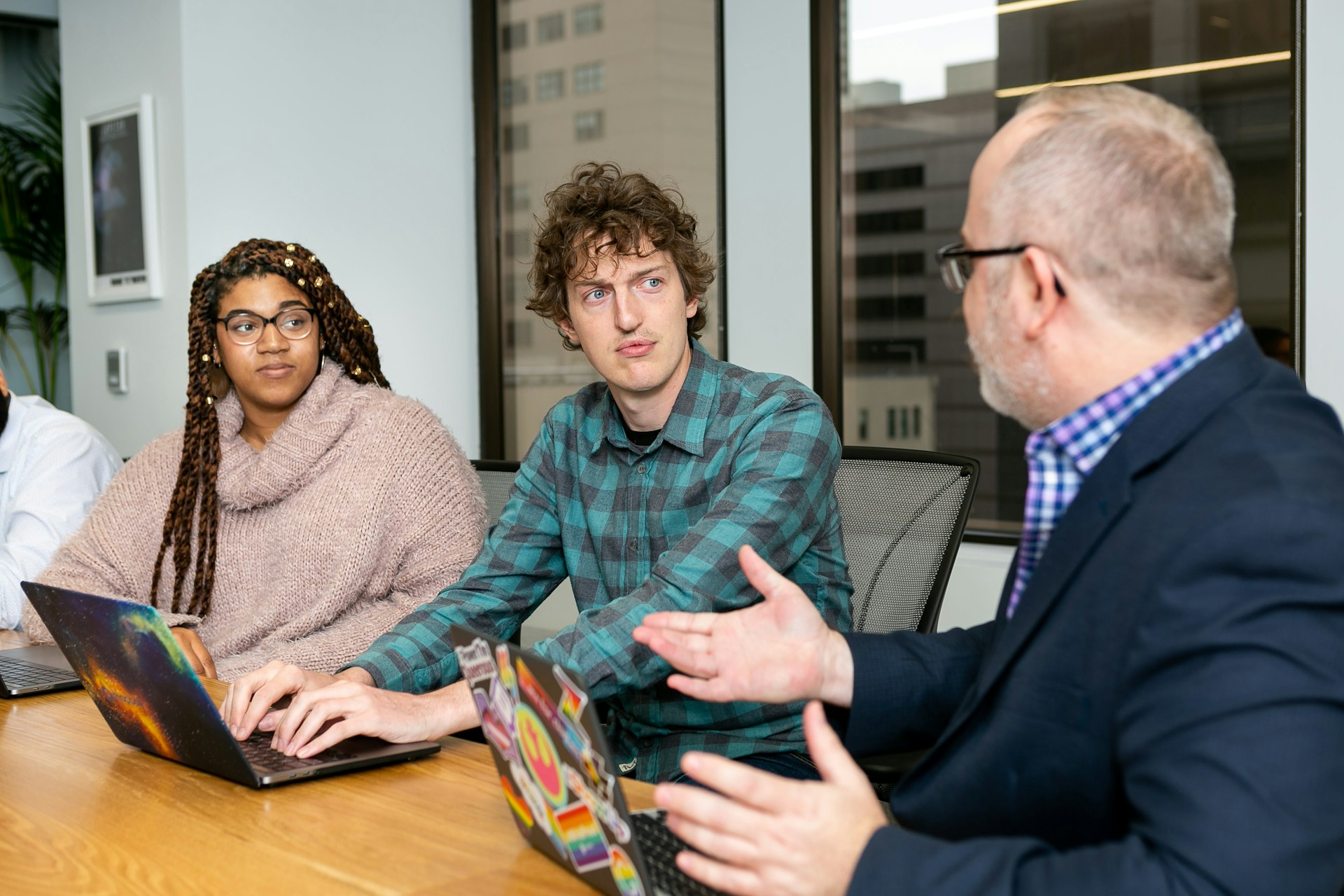[Alicia Davis] So if you are a nonprofit leader, you have probably at some point dealt with having to set boundaries. And sometimes setting boundaries and maintaining boundaries – both with yourself as well as with your team – can be difficult, and we sure have been, you know, hearing that and talking about that lately, haven’t we, Stacie?
[Stacie Watson] Yeah, you know, it is one of the most common topics. I feel like that comes up when we work with leaders. And it makes sense, you know, we all, I think, have great intentions when it comes to both setting our own personal boundaries about how often I work at home versus not, and also sort of setting boundaries with staff. You know, what does an open-door policy actually mean? Does that mean you can come in any moment or at some moments? And so, you know, we have put together a session on this very topic that really is designed to give very meaningful and very immediately applicable strategies on how I can set healthy boundaries for myself and with my staff as a leader.
[Alicia Davis] That’s right. Basic boundary setting, right? Basic boundary setting. I mean, it actually starts in our mental and emotional space. You know, boundary setting can, can very much be about, you know, I’m feeling overwhelmed or anxious. I can’t have a really deep conversation about this now, or a very detailed conversation about this right now. Or, you know, you’re seeing other people kind of reacting to things, right? So we can have emotional boundaries, right? We can have boundaries and, you know, I think you and I talk about this, they’re all very interconnected, like time management, how we manage our projects, and then, how are we communicating that, right?
[Stacie Watson] Yeah, right. I think that so much of boundary setting is bringing intentionality to the boundary setting. So being really clear about, how do I want to try to manage my time differently? How do I want to, you know, establish expectations with my team, about availability, about work/life balance, about all of those things, you know. Being really conscious, because I think often when we’re unconscious about it, it all gets very squishy, and all of a sudden we find ourselves working 60,70 hours a week, sometimes, right? And we didn’t really mean to it just kind of evolved or happened that way. So basic boundary setting, in some ways, is about getting really clear on what is needed, and then coming up with some really clear strategies of how I’m going to build those expectations for myself again and also with my staff.
[Alicia Davis] That’s right. And if this feels like an area that you might want to have some more kind of practice in, or even kind of brainstorming about, we’ve got a session coming up in our Learning Academy on May 21 on Basic Boundary Setting with Staff. So feel free to check that out. Just go to our Academy.TLSTransforms.com web page, and you can see the Academy right there. And we’d love to have you join us. I’m Alicia Davis…
[Stacie Watson] And I’m Stacie Watson…
[Alicia Davis] And thanks so much. We’ll talk to you soon.
[Stacie Watson] Thank you.












